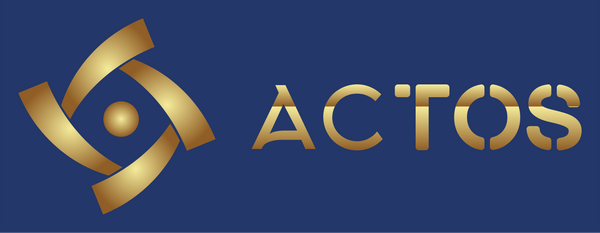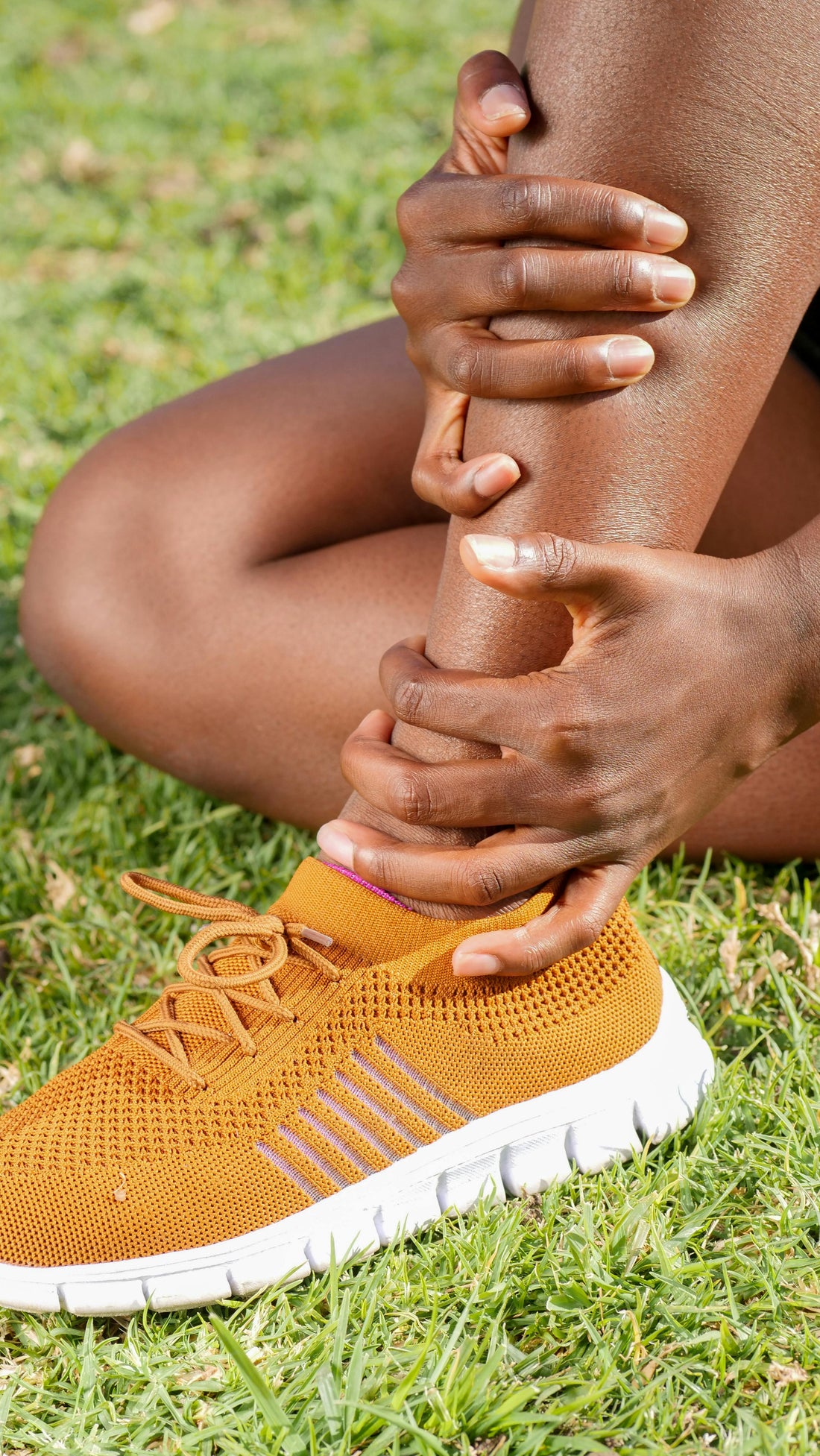Ouch! Managing Overuse Injuries: Stop the Pain, Start the Gain
Hey everyone! Another day, another wisdom bite! Let's dive into today's topic!
It happens to almost every athlete at some point: a nagging pain that just won't go away. We're not talking about a sudden injury like a sprained ankle, but those "overuse" injuries that build up over time. In sports like soccer and basketball, things like shin splints, knee pain, or Achilles tendonitis are super common, especially at this time of year.
What's an Overuse Injury? 🤕
Imagine bending a paperclip back and forth. After a while, it gets weak and might even snap. Overuse injuries are like that. They happen when the same part of the body is used over and over again without enough time to rest and heal.
A paper in the journal Sports Medicine found that overuse injuries account for over half of all injuries in youth sports! That's a huge number. This tells us that rest and proper management are just as important as the training itself.
How to Manage Them: Rest, Recovery, and Smart Healing
The most important step is to recognize the pain. Don't tell your athlete to "walk it off" if the pain is sharp or gets worse with activity. Here's a simple game plan for managing these injuries:
M.I.C.E. (Movement, Ice, Compression, Elevation): This is a modern and effective protocol for managing acute injuries. The key difference is the focus on Movement. The old way, R.I.C.E., focused on complete rest, but experts now know that gentle, pain-free movement (also known as M.O.T.H. or Movement Only To Healing) is key to healing. It helps promote blood flow and speed up recovery.
-R.I.C.E. (Rest, Ice, Compression, Elevation): This is a classic method that stands for Rest, Ice, Compression, and Elevation. Get them off their feet, apply ice, wrap the area, and prop it up.
-M.O.T.H. (Movement Only To Healing): This means keeping the injured area moving gently to promote blood flow and healing without causing pain.
**Listen to a Pro: If the pain doesn't go away, it's a good idea to see a physical therapist or a doctor. They can give you a plan to heal safely.
**Cross-Training: While the injured area rests, they can work out other parts of their body! A soccer player with shin splints could do some gentle upper-body exercises or swim to stay fit without putting stress on their legs.
The Return-to-Play Question 🥅
So, when can they get back on the field or court? The answer is simple but not always easy: when they can play without pain. It's a huge mistake to rush back too soon. A study in the American Journal of Sports Medicine showed that athletes who returned to their sport too early had a much higher chance of re-injury. Coming back too early almost always leads to the injury returning and sometimes getting even worse. A gradual return is best. Start with a few light drills, then add more as long as there's no pain. Patience is a player's best friend!
Practical Return-to-Sport Plan
This plan will help you and your athlete decide when they are ready to get back in the game safely.
*Phase 1 (No Pain): Can they do basic movements like walking or jogging without any pain? If so, they're ready for the next phase.
*Phase 2 (Light Drills): Can they do light, sport-specific drills (like passing a soccer ball or shooting a basketball) without pain?
*Phase 3 (Full Practice): If they can complete a full practice session with no pain, they are likely ready to get back into games. But keep an eye on them!
Remember, our goal is to keep our kids happy, healthy, and on the field for the long run.
You can always count on ACTOS Performance Innovation and the HEROS Training System for support and awesome info. For more resources and tips, check us out at myherostraining.com or myactos.com. You can also follow us on FB and Instagram. We love hearing from you! If you have any feedback, worries, or cool ideas, please send us an email at info@myherostraining.com.
Remember this golden rule: More is not always better; better is always better!
See you next time!!
Gaspar
Certified Sports Performance Enhancement Specialist, Fitness Nutrition Coach, & Youth Fitness Trainer
ACTOS Performance Innovation / HEROS Training System [HTS]
**Dr. Rosario's expertise is built on a lifelong commitment to fitness as a dedicated parent and coach. He is certified by the International Sports Sciences Association (ISSA) in multiple advanced areas, including Weight Management, Youth Fitness Training, Fitness Nutrition Coaching, and Sports Exercise Performance Enhancement. He also holds a Doctorate in Health Sciences and is a certified Level 1 Strength and Conditioning Coach through the IUSCA with continued education through ISSA in specialized training methodologies such as High Intensity Interval Training (HIIT), Plyometric Training Integration, and Speed / Agility.

